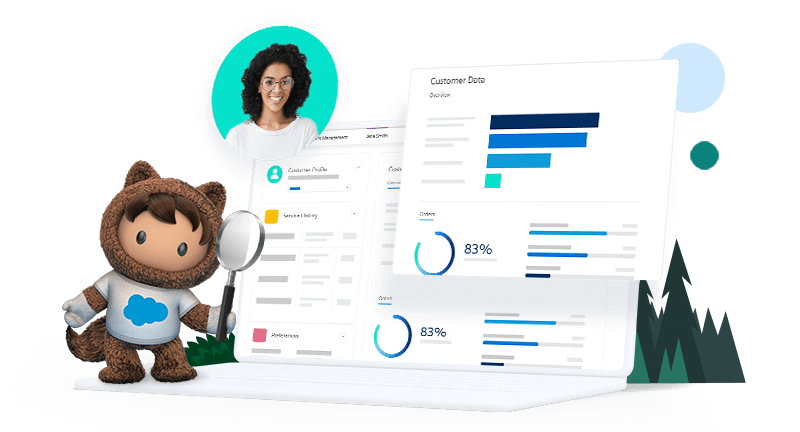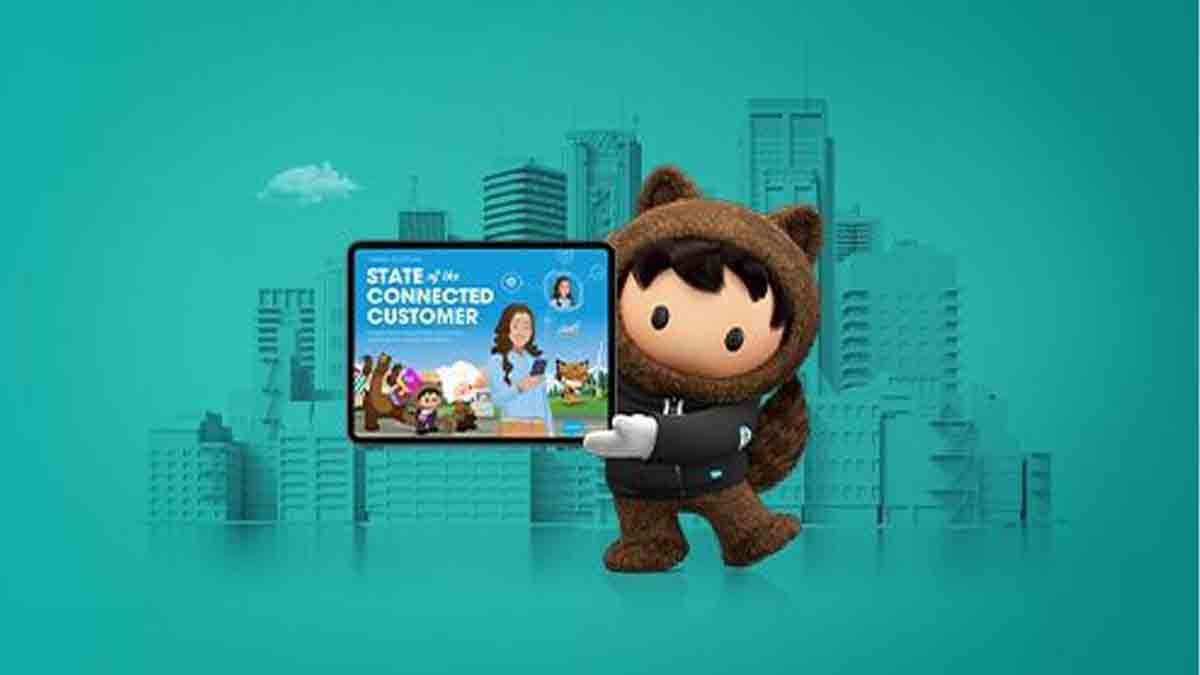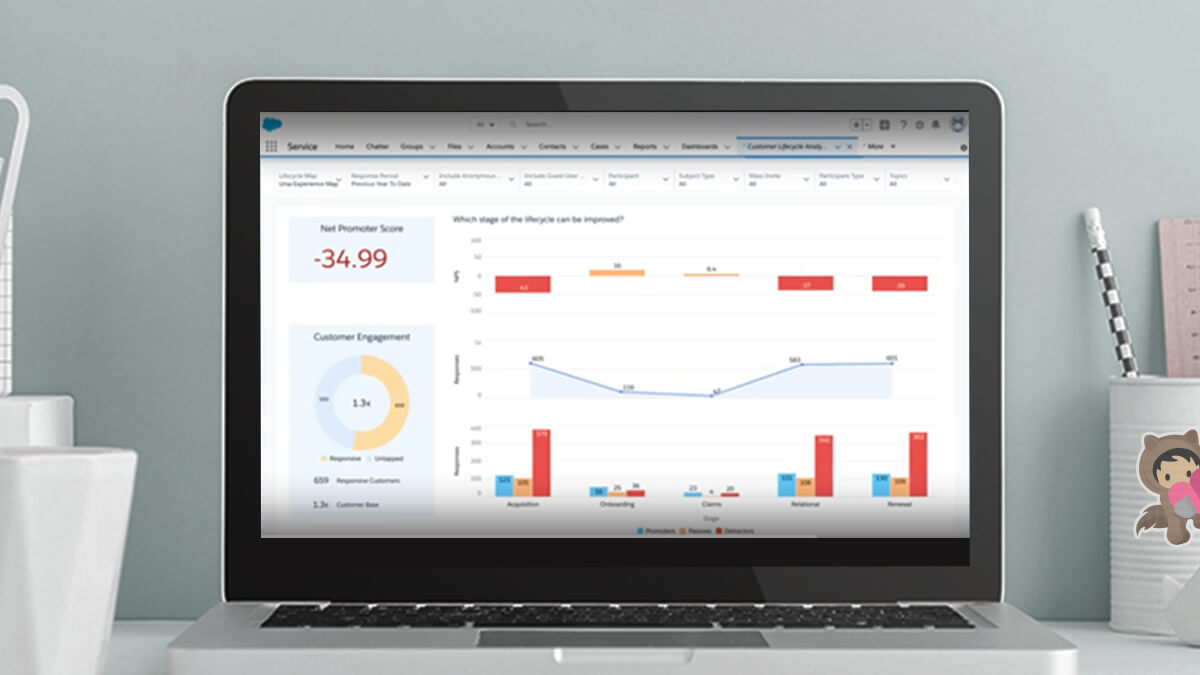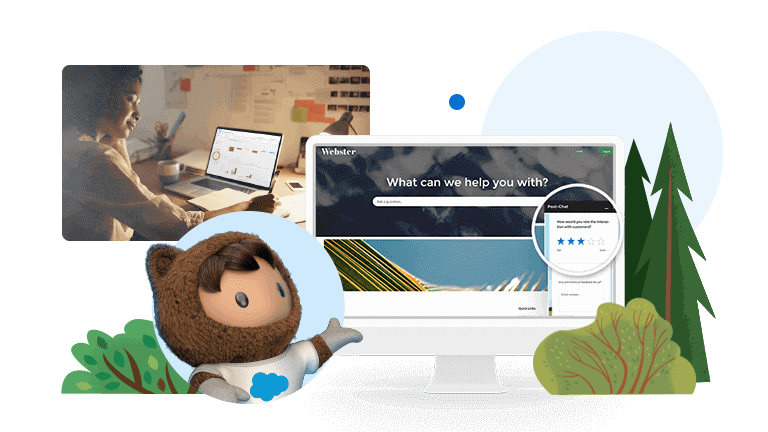Take your voice of customer (VoC) program to the next level
Numbers can tell you a lot about a customer: their purchase history, search behavior, and even certain preferences. But that’s only half the story. The other half is understanding what customers think and feel about your brand — and why.
Context matters. When customers leave feedback, they want to be heard — and they want an appropriate response based on their relationship with your brand. If there is none, or a response feels impersonal or inappropriate, the relationship is put at risk.
That’s why companies need to understand customer sentiment and see how feedback evolves in the context of the entire customer lifecycle. It’s the only way to deliver the relevant and personalized experiences that customers expect.
65%
OF CUSTOMERS EXPECT COMPANIES TO ADAPT TO THEIR CHANGING NEEDS/PREFERENCES
86%
OF BUSINESS BUYERS ARE MORE LIKELY TO BUY FROM A COMPANY THAT DEMONSTRATES AN UNDERSTANDING OF THEIR BUSINESS GOALS
61%
OF CUSTOMERS SAY COMPANIES TREAT THEM AS A NUMBER — SIGNALING ROOM FOR IMPROVEMENT
Existing voice of customer (VoC) programs, however, have their limitations in achieving this goal. Most feedback management systems only provide a view of a customer’s feedback in a moment in time, whether that’s an experience with a sales rep or a service interaction. Disparate technology systems and data silos make it impossible to truly understand feedback against the full customer lifecycle, even after costly custom integrations.
Luckily, there is new technology that can help organizations go from responding to ad hoc feedback to acting in a way that shows you really understand your customers. This technology provides:
- A single source of truth for customer data
- Feedback embedded across the entire customer lifecycle
- Feedback shared throughout the organization
- A single platform that automates every step of the process at scale

Unify customer feedback and your CRM data in one platform
To gain control of your data and uncover key insights, the most natural place to start is with your existing customer relationship management (CRM) platform. It already stores important customer information like service history, customer preferences, and past orders. When you unify feedback with this rich data, you are able to see feedback in context of the customer relationship – nothing is left to assume.
Salesforce Feedback Management simplifies this process. As an add-on to your existing Salesforce CRM, Salesforce Feedback Management enables you to weave feedback into existing customer records and at every part of the customer lifecycle. Because everything is on one platform, you skip over a complex integration process that attempts to bring together feedback data from another technology platform. Instead, Salesforce Feedback Management is your single source of truth for feedback and customer data for the most accurate, real-time view of the customer relationship.
Here’s how it works:

Consolidate data onto a single platform

Automate the feedback process
Automation eliminates manual processes and common errors that tend to occur when collecting feedback, like sending out the wrong survey to the wrong customer or at the wrong time. Custom Lifecycle Maps track responses as customers interact with your business over time and with different departments. When you work off of the Salesforce platform, you can:
- Send an automated survey to customers as part of a marketing journey, such as an NPS survey triggered after a first in-store visit
- Trigger a follow-up survey to understand customer satisfaction following a service interaction
- Uncover NPS scores from customers based on a business event, such as a recent sale or contract renewal

Map responses back to your Salesforce CRM
Pull in relevant data from any Salesforce object right into your survey questions. For example, in a satisfaction survey following a customer service interaction, you can pull in the service date and the service rep’s name to contextualize the question, improving feedback responses.
From there, automatically map individual responses, CSAT, and NPS scores back to any record in Salesforce. This capability enables you to trigger hyper-relevant follow-up actions based on a single response and make your customers feel heard and understood. For example, capture business goals for the upcoming renewal cycle and use that to better inform conversations leading up to contract renewals. Or, map CSAT scores back to a contact record and trigger a case escalation for low scores to empower your service teams with the opportunity to improve that customer relationship.

Continuously monitor your relationships
Customer Lifecycle Analytics as part of Salesforce Feedback Management helps teams visualize their feedback and CRM data in the full context of the relationship. You can see trends at a macro view, such as overall NPS or CSAT scores, and dive deeper into the details to pinpoint areas to improve upon — like understanding how those scores fluctuate over your predefined customer journey.
To better understand how Salesforce Feedback Management works with Salesforce CRM, consider the University of Kentucky’s incredible story. Like many institutions of higher learning, UK was determined to bring students back on campus during the COVID-19 pandemic. To make the campus safe for students, they needed to set up a feedback management system that would work at scale in real time and reveal trends that would ensure safety. UK extended its Salesforce work.com platform, which included Health Cloud, Lightning Platform Starter, Command Center, and Education Cloud, with Salesforce Surveys (included in Salesforce Feedback Management), to gather feedback in context. This allowed them to listen to and generate feedback from a community of 50,000 parents, students, alumni, faculty, and staff. Feedback was pulled into the Command Center to regularly assess campus readiness and better respond to changing conditions.

Get started
The customer wants nothing more than to feel heard and understood. When you have the right tools to interpret feedback and take actions that show you truly understand what the customer needs in the context of their relationship with your brand, you can transform your business and galvanize growth.
Get more information on Salesforce Feedback Management to learn how you can deepen customer engagement and improve relationships.
Strengthen your understanding with Salesforce Feedback Management
- Connect existing CRM data with customer feedback
- Create meaningful surveys in the context of your relationships
- Gain deeper insights with rich, intelligent analytics

Guide
A Guide to Improve Your Customer Focus

Customer Story
How CarMax Is Disrupting Automotive Retail for a Second Time

Playbook
The Transformation Playbook
More resources

Start Uncovering Insights that Drive Impact Today

State of the Connected Customer Report





